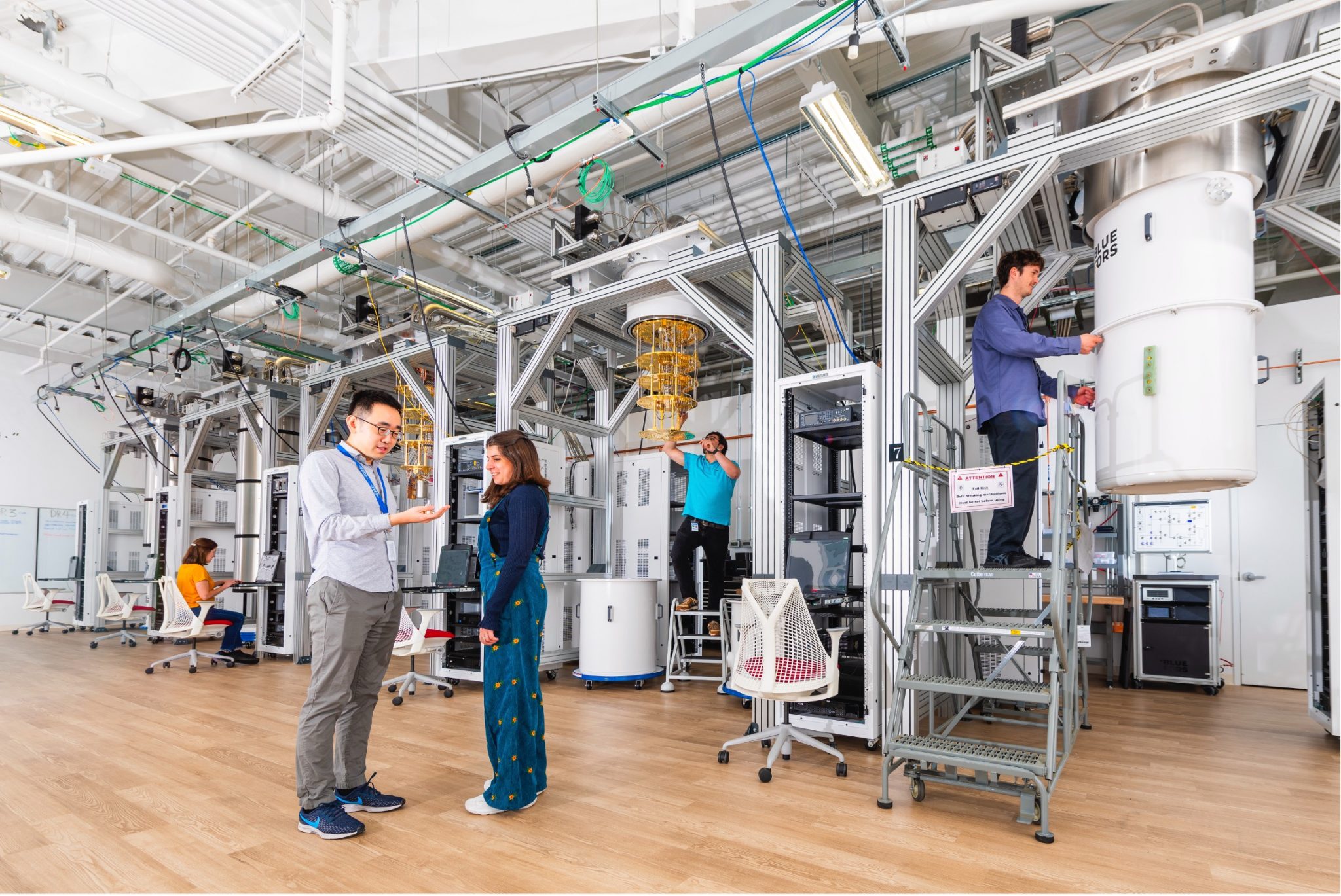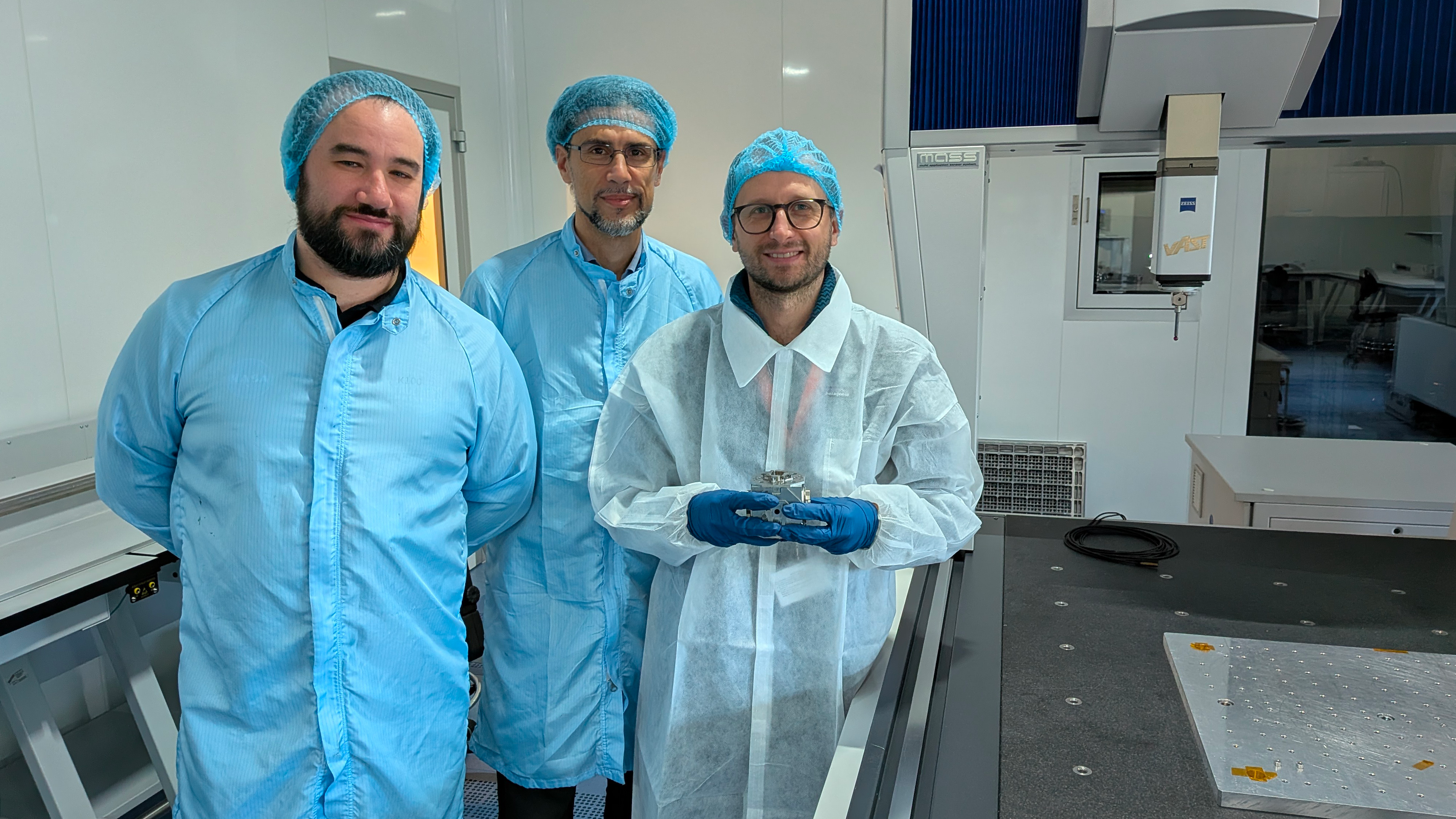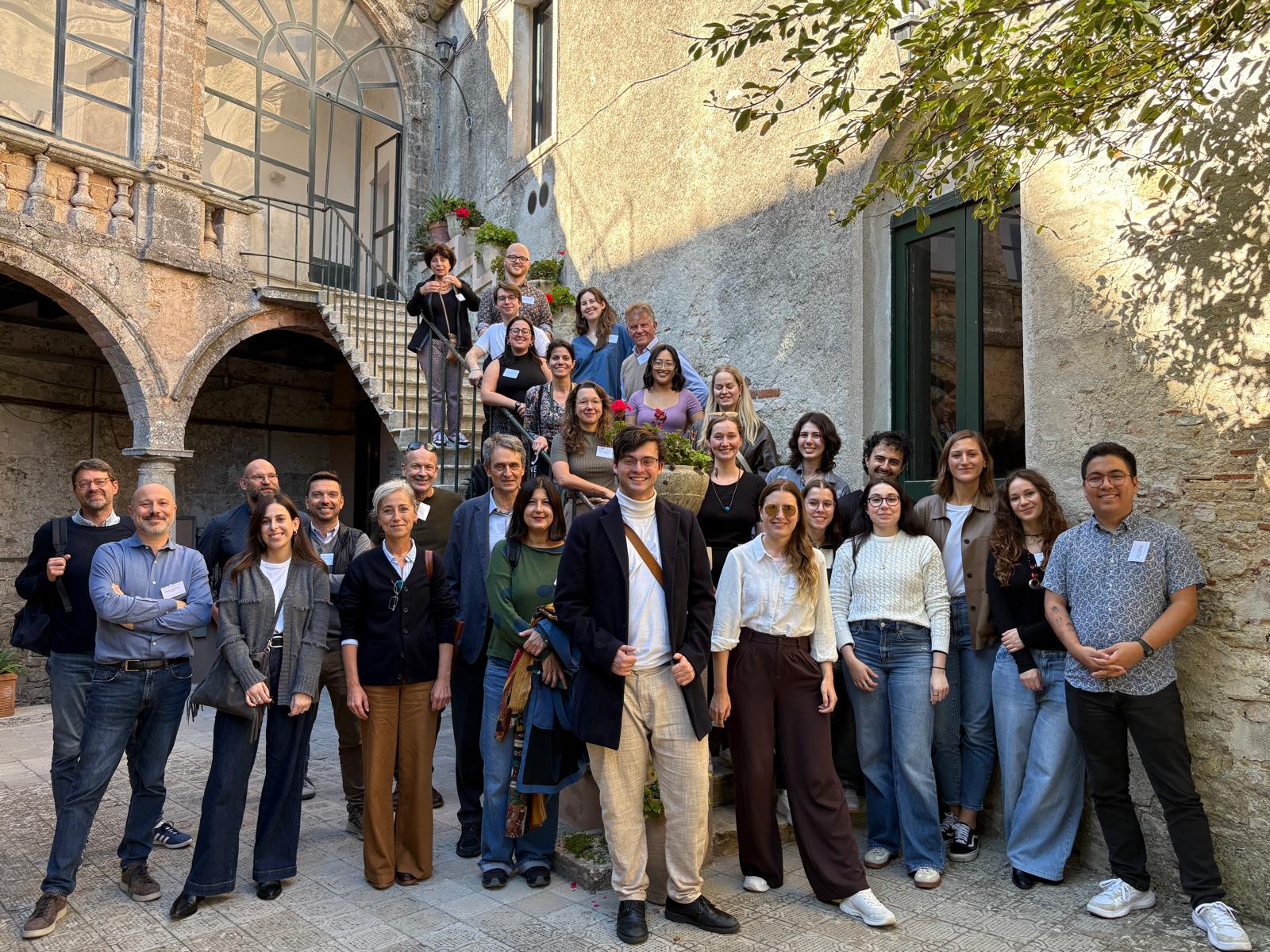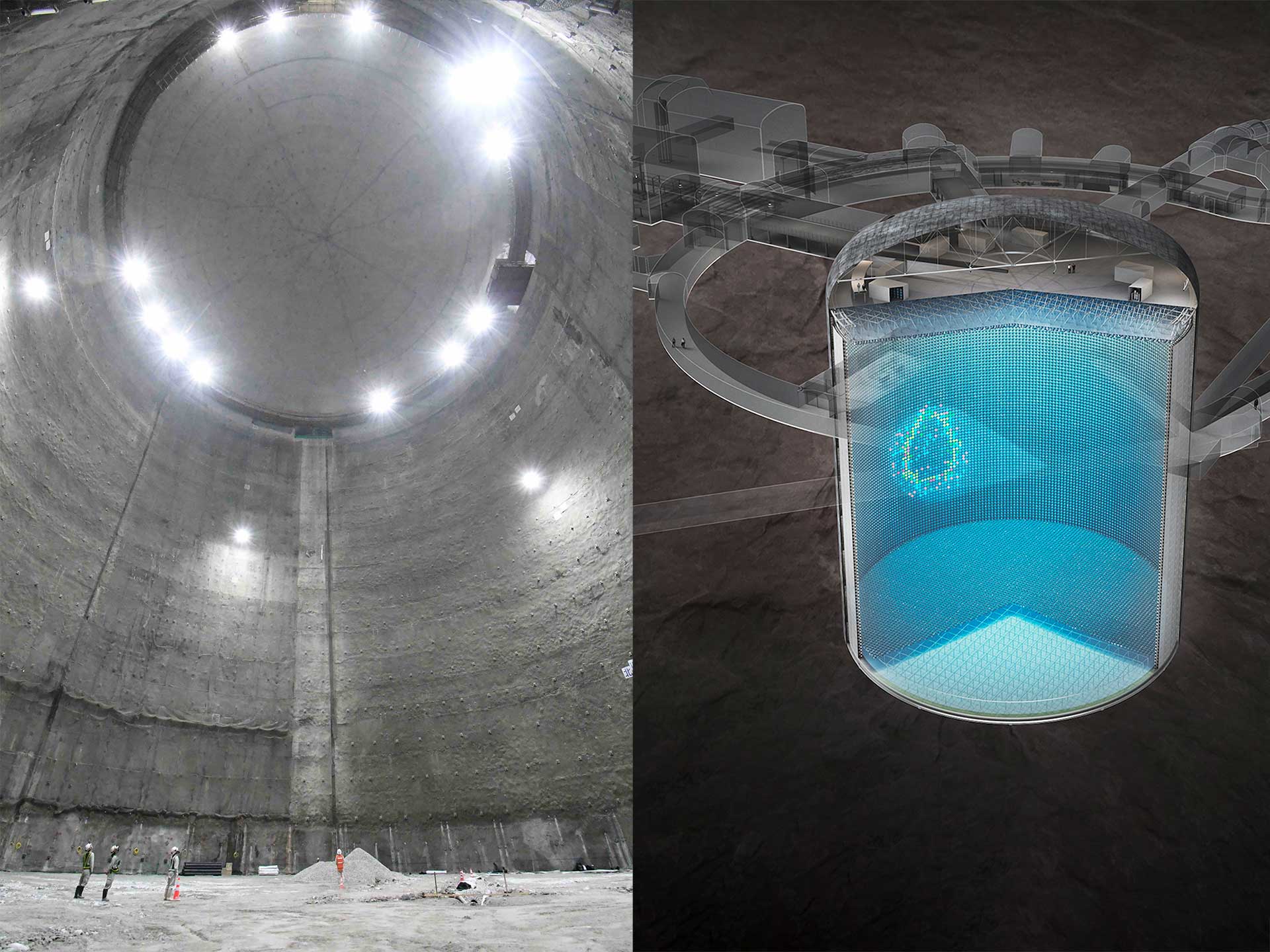On 31 July, in Japan, in Gifu Prefecture, excavation was completed of the colossal cavern that will host the main particle detector of the Hyper-Kamiokande (Hyper-K) experiment. The excavation work was coordinated by the University of Tokyo, which, together with the Japanese research institute KEK, High Energy Accelerator Research Organization, leads the international scientific collaboration of the Hyper-K project, to which 630 researchers from 22 different countries contribute, including Italy through the National Institute for Nuclear Physics (INFN).
The Hyper-K project, officially launched in February 2020, aims to observe neutrinos produced by supernova explosions and to test the Grand Unified Theory (GUT) and the history of the universe’s evolution through the study of proton decays and so-called CP violation (the asymmetry between neutrinos and antineutrinos), by analysing neutrino beams generated at the J-PARC accelerator, 300 kilometres away. At the heart of the project will be a next-generation particle detector, consisting of a gigantic tank more than eight times larger than its predecessor, Super-Kamiokande: it will hold 260,000 cubic metres of ultra-pure water and be equipped with innovative photosensors, 20,000 high-sensitivity photomultiplier tubes (PMTs) and 800 multi-PMTs. The detector is under construction 600 metres underground, inside the cavern just excavated beneath a mountain in the city of Hida. This cavern is one of the largest man-made underground spaces ever carved out of rock: it consists of a cylindrical section 69 metres in diameter, almost 73 metres high, topped by a 21-metre dome. The demanding excavation work was the result of an ambitious engineering endeavour requiring extensive studies and preliminary digging.
Starting in August, work will begin to transform this cavern into the massive Hyper-K tank, to be followed in 2026 by construction of the detector itself. Meanwhile, in Japan, Italy, and other participating countries, mass production of the new photosensors and other electronic components for the detector is under way. In particular, at the INFN division in Naples, which coordinates the contribution of countries involved in building the multi-PMTs (Canada, Poland, the Czech Republic, Mexico, and Greece), a new laboratory is being set up where more than one-third of the multi-PMTs destined for Hyper-K will be assembled. Furthermore, the digitisation electronics for the photomultipliers were designed by INFN, which is responsible for producing 2,000 boards that, starting in mid-2026, will be shipped to CERN for calibration and integration into underwater containers along with the rest of the experiment’s electronics produced in Korea, France, Japan, Poland, Spain, Switzerland, and the United Kingdom.
All detector components inside the Hyper-K tank are expected to be installed by 2027, after which the tank will be filled with ultra-pure water and the experiment will begin operation in 2028.
In parallel with the construction of the main Hyper-K detector, KEK is leading both the upgrade of the neutrino beam at the J-PARC accelerator and the construction of a new intermediate detector in Tokai village, Ibaraki Prefecture, located less than one kilometre from the neutrino beam source. In addition, Hyper-K will include a third detector, installed just 280 metres from the J-PARC accelerator, to which INFN contributed by developing new specialised particle detectors known as Time Projection Chambers (TPCs).
The Italian contribution to Hyper-Kamiokande involves several groups: the INFN divisions of Bari, Naples, Padua, Pisa and Rome, the Polytechnic University of Bari, the University of Naples Federico II, the University of Campania “Luigi Vanvitelli”, the University of Salerno, the University of Padua, the University of Pisa, and Sapienza University of Rome.






